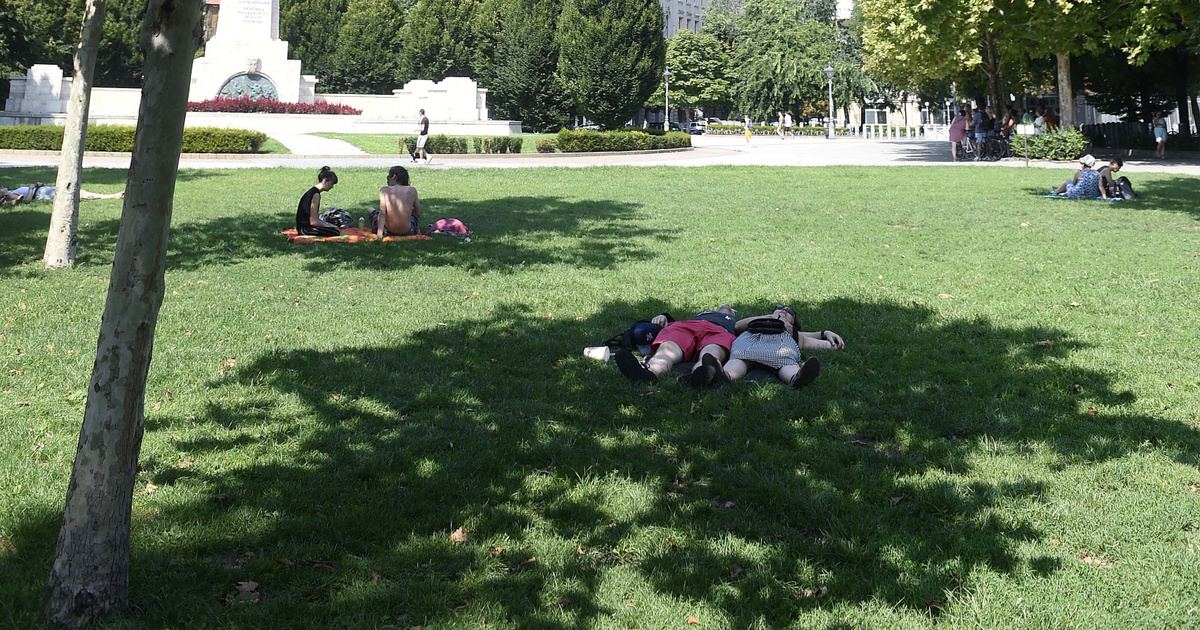The Szeged University Urban Climate Research Group studies the precise spatio-temporal characteristics of urban heat island intensity, measures the role of built-up areas in reinforcing the process, and also provides a prediction of the phenomenon.
The heat load on the human body is measured using a physiologically equivalent temperature index (PET).
The scale simultaneously takes into account the air temperature, wind speed, air humidity and the amount of energy from solar radiation, as these four factors together affect the feeling of heat,
Therefore, it is more “talkative” than simple air temperature data.
As they say, if the body is exposed to extremely high heat stress, even in a healthy person, the heat balance can quickly be disturbed, which can have serious health consequences, such as heat stroke. This is more important for people who are sensitive to it, such as young children, the elderly, and people with cardiovascular disease.
the difference is big
Since 2010, Szeged researchers have been collecting data continuously and comprehensively on how the settlement heat stress map mosaic. In the absence of green space, the PET convective index value can be 10-15 degrees higher in the summer heat wave, and the surface temperature difference can be larger.
In addition, the energy “collected” by buildings and paved surfaces during the day radiates as heat at night, so in inner cities there is no rest for the environment or the human body, while in the suburbs, a greener area, at night it is rest.
According to the research group, it is important that city planners take into account the conditions,
and creating public spaces that can relieve heat stress as effectively as possible. The most obvious tool for this is green and watery roofs: the former – especially trees – can significantly improve the microclimate through shading, and the latter through evaporation – SZTE concluded its announcement.












































